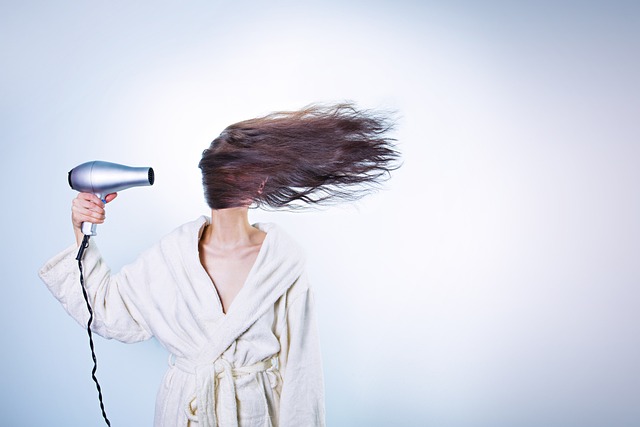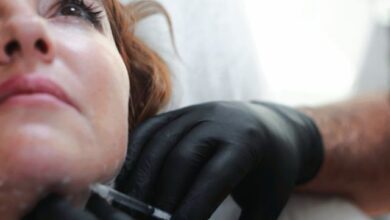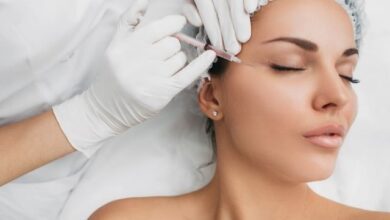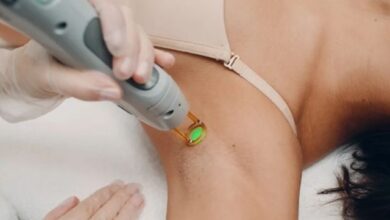Professional Secrets to Healthier and Longer Hair

Achieving healthier and longer hair is a journey that combines good practices, quality products, and an understanding of one’s unique hair type.
This guide is crafted to unveil the professional secrets that haircare experts swear by, helping you nurture your locks from the roots to the tips.
Whether you’re battling dryness, seeking to enhance growth, or aiming to maintain your hair’s natural vitality, the forthcoming sections will provide you with tailored advice to elevate your haircare regimen to professional standards.
Embrace the essentials of nutrition, and proper hair hygiene, and protect your hair from damage as we delve into the foundational steps to achieving the luscious, healthy hair you desire.
Understanding Your Hair Type
Every strand of hair has its unique characteristics, which determine the care it requires. By identifying whether your hair is dry, oily, fine, coarse, straight, wavy, curly, or kinky, you can tailor your haircare routine to match its needs. Tailoring your approach ensures that each product and practice contributes positively to your hair’s health.
Understanding the specific needs of your hair type is essential for optimum care. For instance, curly hair might require more hydration, while fine hair may need lightweight formulas to avoid being weighed down. Embrace this knowledge to choose the most beneficial products and treatments for your hair.
The Role of Nutrition in Hair Health
Nutritious eating habits are fundamental for maintaining healthy hair. Vitamins and minerals such as biotin, vitamin E, iron, and omega fatty acids are known for their role in promoting hair growth and strength. Including a balanced diet rich in these nutrients not only benefits your overall health but also the vitality of your hair.
Conversely, nutritional deficiencies can lead to hair problems like dullness and hair fall. It’s crucial to incorporate a variety of whole foods such as leafy greens, nuts, seeds, and lean proteins to nourish your hair from within.
Remember, what you put into your body is just as important as the products you apply to your hair. You can find the best peptide for hair growth by doing some research or consulting with a nutritionist. Supplements can also help bridge any nutritional gaps and support hair health.
Hair Washing Techniques
Washing your hair might seem like a mundane task, but doing it correctly is crucial for maintaining scalp health and preventing damage. The frequency of hair washing often depends on your hair type and lifestyle. However, over-washing can strip away natural oils, while under-washing may lead to product buildup.
Gentle handling of wet hair is also crucial, as hair is more prone to breaking when it’s saturated with water. Always use a sulfate-free shampoo and focus on cleansing the scalp rather than the entire length of the hair. Follow up with a conditioner suited for your hair type, applying it mainly to the ends to avoid greasy roots.
Heat Styling and Hair Protection
Frequent use of heat styling tools, such as blow dryers, flat irons, and curling wands can lead to hair damage if not managed properly. To mitigate this, always use a heat protectant before styling and keep tools at the lowest effective temperature. Additionally, try to limit heat styling to special occasions as opposed to a daily routine.
While air-drying is the least damaging option, when you do use heat, opt for ceramic or tourmaline tools which distribute heat more evenly. Furthermore, incorporating regular deep conditioning treatments can help to restore moisture and repair the hair from any heat-induced stress.
Cutting and Trimming
Regular trims are essential for keeping your hair healthy and preventing split ends from traveling up the hair shaft, which can result in breakage and increased hair loss. A trim every six to eight weeks is recommended, although this can vary based on the individual’s hair growth rate and style.
It’s also worthwhile to discuss with your hairstylist the technique they use, as different cutting methods can affect how your hair falls and behaves. A blunt cut may add weight and help fine hair appear thicker, while layered cuts can remove some bulk and add movement to thick or curly hair.
Hair Treatments and Masks
Deep conditioning treatments and nourishing hair masks can be a game-changer for hair health, especially if you deal with dryness or damage. Applying a hair mask once a week can replenish moisture and nutrients, leaving your hair more manageable and vibrant.
It’s important to select a treatment or mask that is suitable for your hair type. Ingredients like keratin, argan oil, and aloe vera are known for their restorative properties. For the best results, follow the directions on each product, as some may require to be left on the hair for a longer duration than others.

In conclusion, achieving healthier and longer hair is a combination of understanding your hair type, maintaining proper nutrition, using the right techniques and products, and incorporating regular trims and treatments. By following these professional secrets, you can nurture your hair to its full potential and enjoy luscious locks that radiate vitality.





